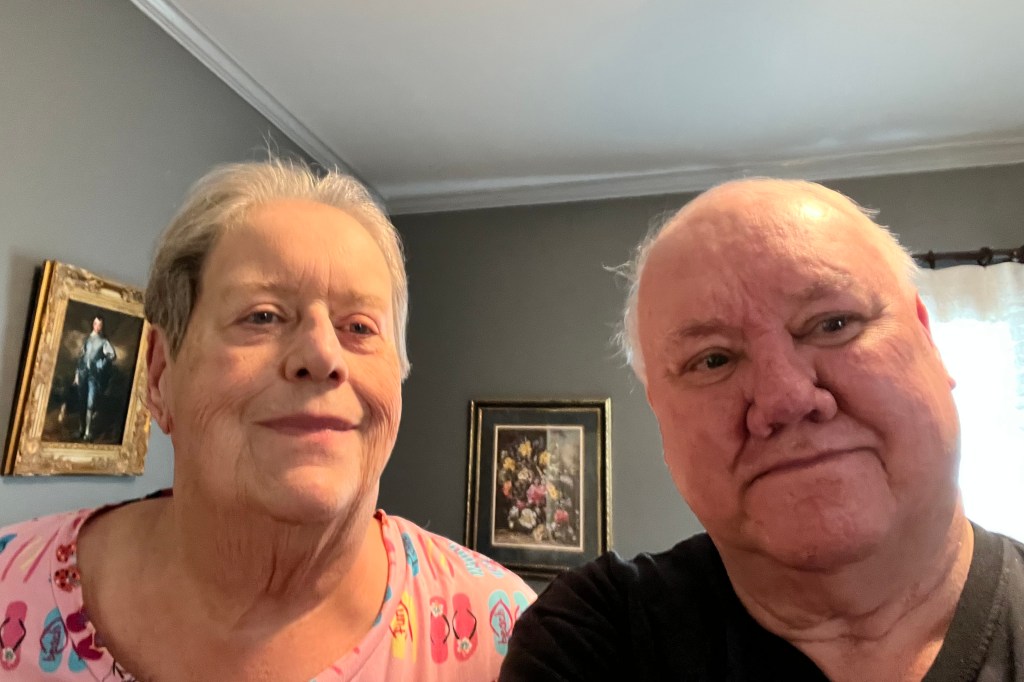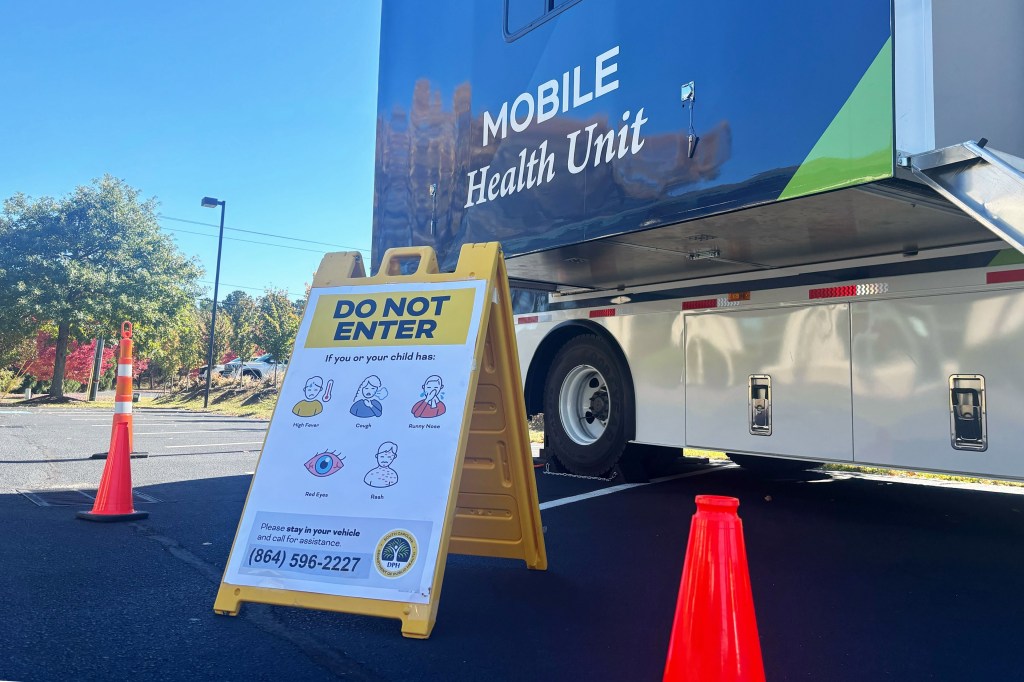That is the title of my new publication out today with the subtitle “A case study of rifaximin for the treatment of overt hepatic encephalopathy using QALY and non-QALY measures“. This was work with co-authors Shanshan Wang, Leonardo Passos Chaves, Olamide Olujohungbe, Sanjana Muthukrishnan, and Aditi Chaudhary. The abstract is below.
Background
Traditional cost effectiveness analyses frequently use quality-adjusted life years (QALYs) to quantify health benefits. The Medicare Drug Price Negotiation program, however, cannot use QALYs, but may consider alternative, non-discriminatory metrics.
Objective
To examine the impact of using alternative quantitative health benefit metrics on the economic value of new medications. The framework was applied to assess the cost-effectiveness of rifaximin for preventing overt hepatic encephalopathy (OHE) recurrence in adults.
Methods
A cost-effectiveness analysis evaluated the economic value of rifaximin ± lactulose versus standard of care ± lactulose in preventing recurrent OHE in adults over a lifetime horizon from US payer and societal perspectives. Clinical outcomes included time in remission and overt health states, number of liver transplants, and life years (LYs). Health benefit was quantified using QALYs, health years in total (HYT), equal-value of life years gained (evLYG), and generalized risk-adjusted cost-effectiveness (GRACE). Treatment value was measured using incremental cost effectiveness ratio (ICER). A societal perspective scenario added productivity and caregiving impacts to the model.
Results
Rifaximin patients spent >3 times as long in remission (54.4 vs. 17.3 months), comparable time in the overt health state (1.44 vs. 1.44 months), and had twice as many liver transplants (20 vs. 9), driven by longer survival (8.80 vs. 4.17 LYs), resulting in incremental gains of 3.12 QALYs, 3.26 HYT, 2.78 evLYG, and 3.16 GRA-QALYs. Total costs were higher with rifaximin ($182,369 vs. $38,313, Δ = $144,056), mainly due to drug costs (Δ = $133,330). Including caregiving and productivity reduced the incremental cost to $136,866. From a payer perspective, rifaximin ICERs were $46,215/QALY, $44,198/HYT, $51,847/evLYG, and $45,609/GRA-QALY. After incorporating societal costs, ICERs improved to $43,908/QALY, $41,992/HYT, $49,259/evLYG, and $43,332/GRA-QALY.
Conclusion
Rifaximin is a cost-effective treatment for preventing OHE recurrence in adults using QALY and non-QALY health benefit measures.
You can read the full paper here.




